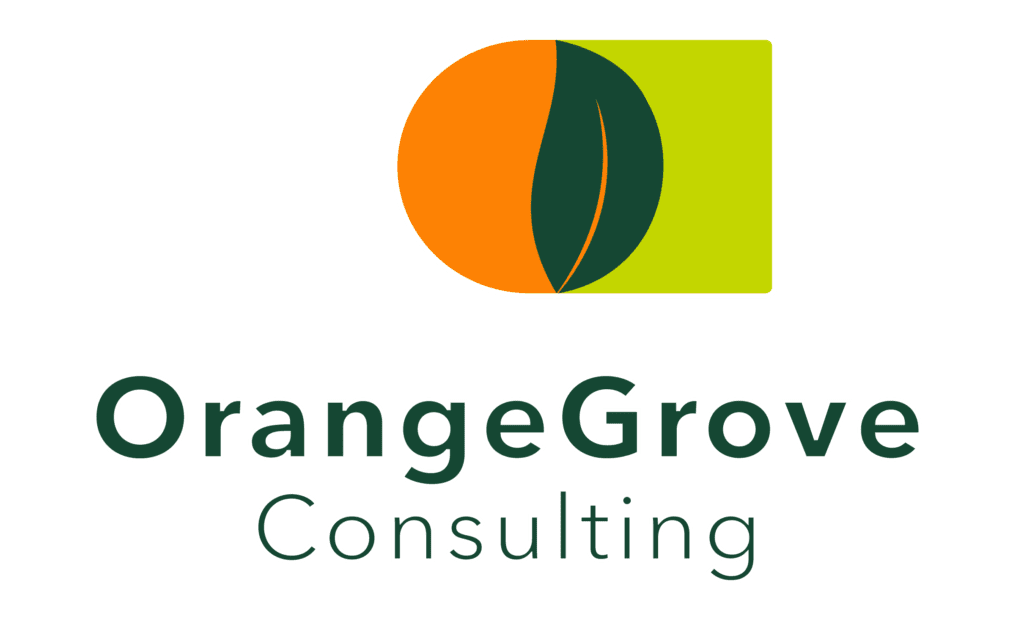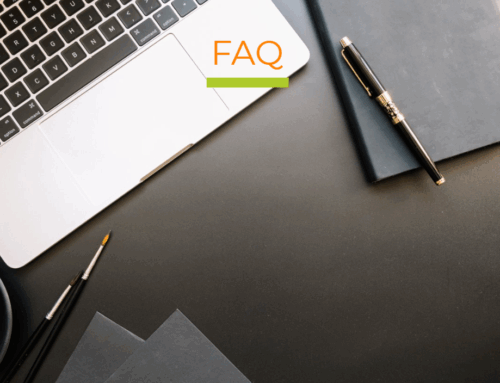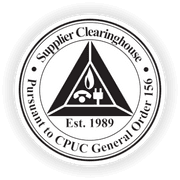Organizations can’t afford to wait for future leaders to emerge on their own. Leadership readiness requires clear competencies, culture alignment, and a proactive development plan — long before a promotion is on the table.
Too many organizations are stuck waiting — hoping their high-potential employees will naturally step into leadership roles when the time comes. But leadership readiness doesn’t emerge on its own. The gap between potential and preparedness is often a result of missing structure: unclear competencies, reactive development, and a lack of cultural alignment. Without a formal culture assessment or defined leadership expectations, even well-intentioned succession plans fall short. In this article, we explore how to take a proactive approach to developing future leaders — one that closes the readiness gap and builds real bench strength.
“They’re just not ready”
If you’re like many organizational leaders today, you’ve probably heard this refrain during succession planning conversations: “They’re just not ready.” Often, this sentiment refers to Gen Z or early-career professionals — individuals who are perceived as lacking the confidence, strategic thinking, or leadership skills needed to step into critical roles. But what if the problem isn’t a lack of readiness, but a lack of clarity and structure?
At Orange Grove Consulting, we’ve heard from clients across industries who are quietly stalling or abandoning succession planning efforts because they don’t trust the next generation is equipped for leadership. This perceived “readiness gap” is real, but it’s also solvable. In fact, many of today’s emerging leaders have the potential. What’s missing is a system to evaluate and develop that potential in ways that meet the demands of modern leadership.
The Real Issue: A Misalignment of Expectations
Much of the hesitation around promoting Gen Z talent stems from generational misunderstandings. Senior leaders may interpret Gen Z’s need for feedback or their discomfort with ambiguity as a lack of confidence. But in reality, these behaviors are often rooted in how they were raised and educated: systems that rewarded regular feedback, clear expectations, and visible milestones.
They also want to know the “why” behind decisions— not to challenge authority, but to better align their work with outcomes. Without that context, they may appear disengaged or unmotivated. In truth, they’re asking for exactly the kind of transparency and clarity that effective leadership demands.
Rethinking Leadership Development as a System
Leadership readiness isn’t built in a day, and it’s certainly not developed in a single training workshop. To close the gap, organizations need to build a developmental ecosystem that includes:
- Clearly defined leadership competencies based on both universal skills (e.g., emotional intelligence, strategic thinking, business acumen) and business-specific needs (e.g., supply chain expertise or client relationship management)
- Level-specific expectations so leaders know what’s expected at the emerging, mid, and senior levels
- Developmental assignments that stretch new leaders gradually, giving them real-world experiences with coaching and feedback along the way
- Transparent pathways so employees understand what skills they need to build and what opportunities will help them get there
This kind of clarity builds both skill and confidence. It also gives managers a common language for identifying potential — not based on personality or gut instinct, but on observable, coachable competencies. Research supports this approach: structured leadership development and succession planning together are key to closing the readiness gap. One study found that organizations that integrated both were significantly better positioned to maintain leadership continuity and performance.
We’ve developed and refined this type of development system in partnership with clients across industries, supporting them in achieving measurable growth at every leadership level.
The Problem with Relying on “Instinct”
Too often, leaders rely on informal, subjective evaluations of leadership potential. But if we can’t articulate what readiness looks like, we’ll keep defaulting to familiar patterns — selecting those who look, act, or speak like current leadership, rather than those with the actual capability to lead in the future.
Harvard Business Review reports that most organizations are not spending enough time developing future leaders, even for those who have been identified as potential successors. Not enough is being done to “intentionally and actively grown their capabilities.”
This is especially risky as organizations face growing complexity, changing workforce demographics, and increasing demand for innovation. Today’s leadership needs may not look like yesterday’s, and that’s a good thing.
Building the Pipeline (Instead of Waiting for It)
The good news? You don’t have to wait for your emerging leaders to “get it.” You can create it. When you define the competencies that matter most, and invest in a system that supports development over time, you’ll find that many of your future leaders already have the foundational skills. They just need the right environment to practice, reflect, and grow. McKinsey calls this shift “building a leadership factory” — a continuous, strategic process rather than a one-time plan. Their research shows that companies that embed leadership development into their systems are far more prepared for future transitions.
It’s time to move beyond assumptions and build structures that deliver real leadership development, not just once-a-year potential assessments.
Let’s Talk About Your Readiness Gap
If your organization is struggling with stalled succession planning or unclear development pathways, let’s talk about how to solve your readiness gap. Whether you need help identifying competencies, designing a development roadmap, or coaching high-potential talent, Orange Grove Consulting can help. Our leadership solutions are grounded in academic research and decades of applied client experience. Our team includes PhDs, MBAs, and certified facilitators who specialize in translating strategy into leadership capability.
Reach out to explore how to close your “readiness gap.”
Contact Us





